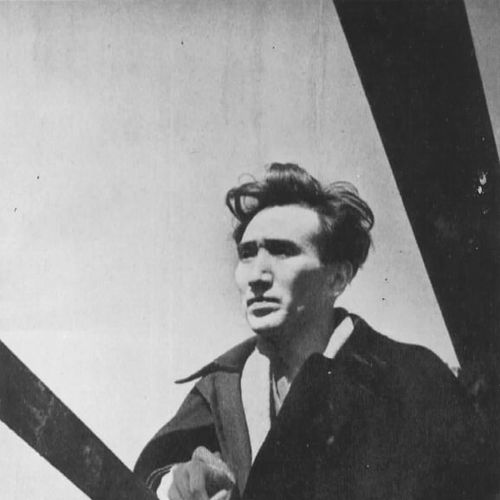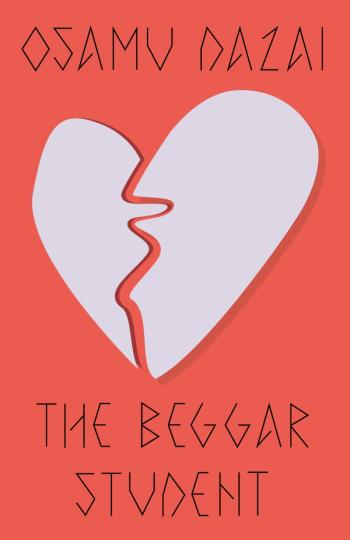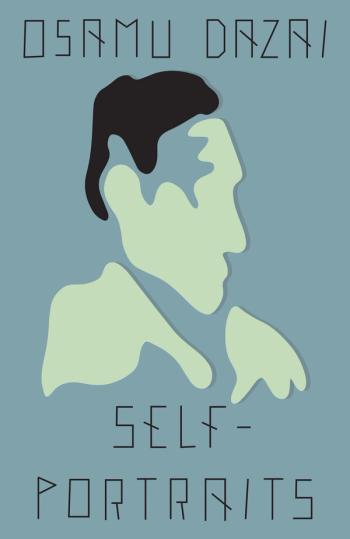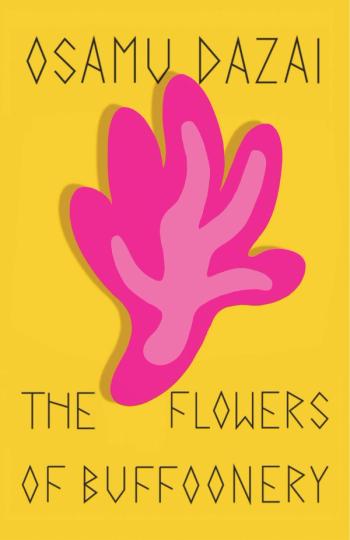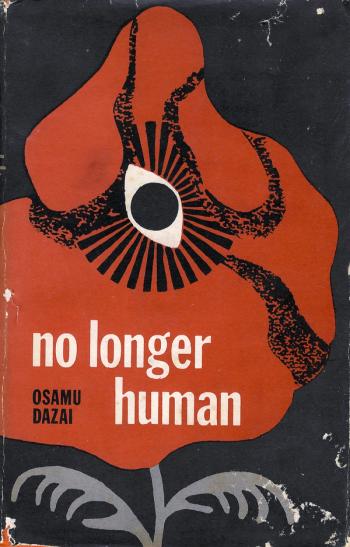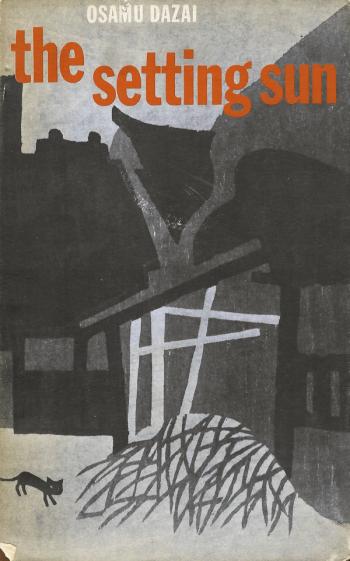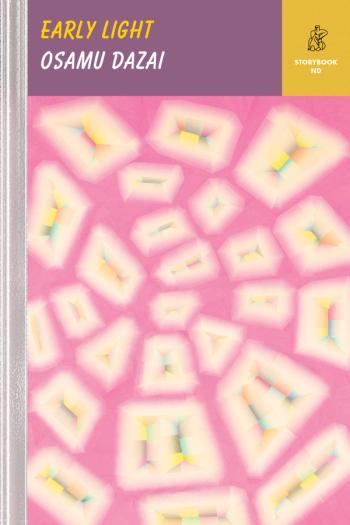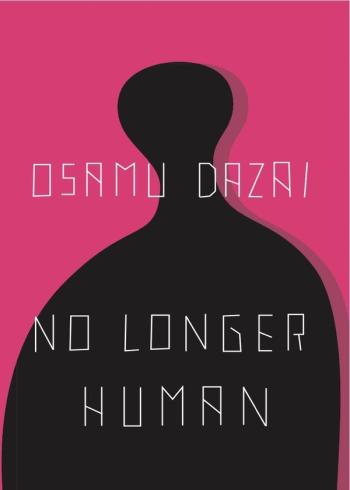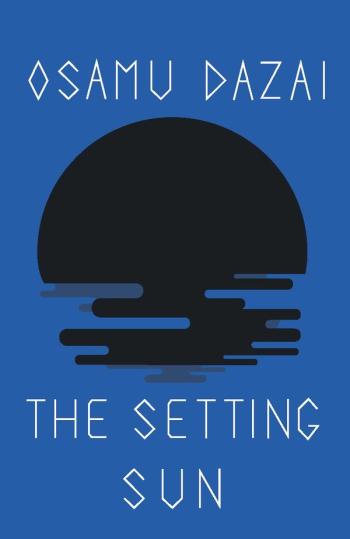Osamu Dazai
Osamu Dazai was born in 1909 into a powerful landowning family of Northern Japan. A brilliant student, he entered the French Department of Tokyo University in 1930, but later boasted that in the five years before he left without a degree he had never attended a lecture. He attempted suicide in 1935, leaving behind an envelope of stories which he expected to be posthumously published as The Declining Years. His early works are filled with invention and wit, but it was after the war that he reached his full stature, first with the short story, “Villon’s Wife” (translated by Donald Keene and published in New Directions 15) and then with The Setting Sun, which created an immediate sensation when it was published in 1947. The phrase, “people of the setting sun,” referencing the phrase “land of the rising sun,” came to be applied to all the Japanese impoverished and dislocated by the war, the succeeding inflation and land reforms. It entered into common usage and even has appeared in dictionaries. Dazai published a second novel, and was publishing a third serially, when he committed suicide by throwing himself into the swollen waters of the Tamagawa Reservoir in Tokyo. His body was found on what would have been his 39th birthday: June 19, 1948.
